Tucked away in northern Arizona at 7,000 feet elevation, Flagstaff remains one of the Southwest’s best-kept outdoor secrets. While Sedona and Phoenix attract hordes of tourists, this mountain town quietly delivers world-class adventure without the crowds or pretense.
The combination of high-desert terrain, alpine forests, and volcanic landscapes creates an outdoor playground that locals have cherished for decades. Here is a list of 15 reasons why Flagstaff deserves far more recognition among outdoor enthusiasts across America.
Year-Round Adventure Calendar
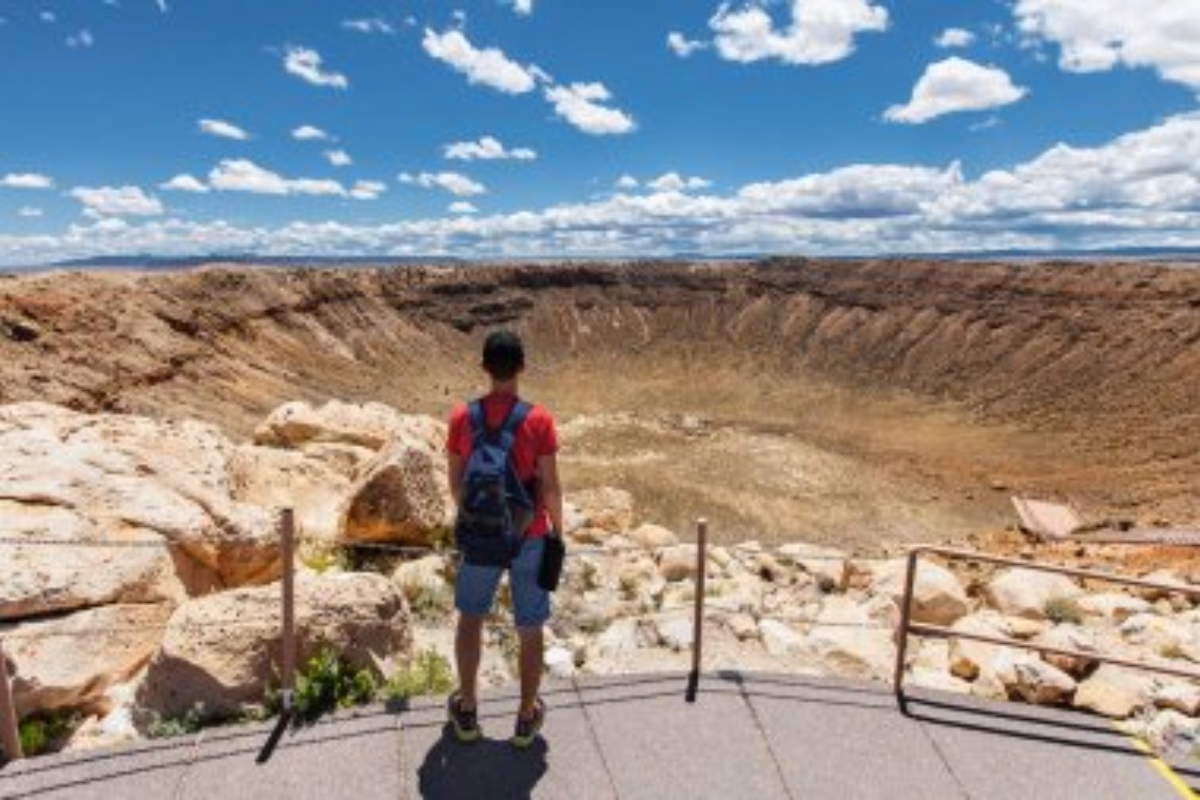
Unlike much of Arizona, Flagstaff experiences all four seasons distinctly, which transforms the outdoor experience throughout the year. Winter brings reliable snowfall to Arizona Snowbowl, while summer temperatures rarely climb above 85 degrees – making it perfect for hiking when Phoenix swelters in triple-digit heat.
Fall paints the mountainsides with golden aspens, and spring wildflowers blanket the meadows after the snow melts. The diversity of seasonal activities means outdoor enthusiasts never face the dreaded “off-season” that plagues many single-sport destinations.
Proximity to the Grand Canyon
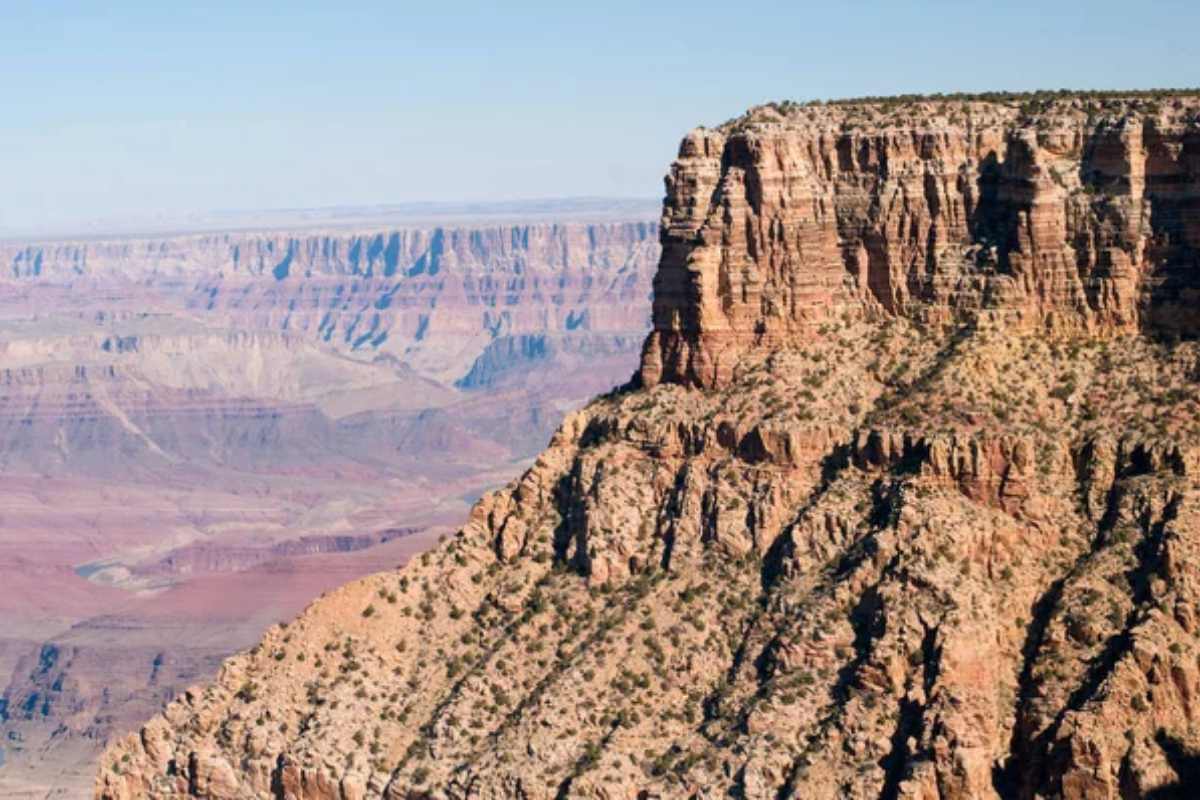
Flagstaff sits just 80 miles from the South Rim of Grand Canyon National Park – close enough for day trips yet far enough to avoid tourist congestion. Many visitors don’t realize this mountain town makes the perfect base camp for Grand Canyon adventures.
The drive takes under 90 minutes on well-maintained highways, allowing early risers to catch sunrise at the rim before the tour buses arrive. This strategic location also gives locals the luxury of visiting America’s most famous natural wonders during quieter weekdays or off-peak seasons.
Like Travel Pug’s content? Follow us on MSN.
San Francisco Peaks Playground
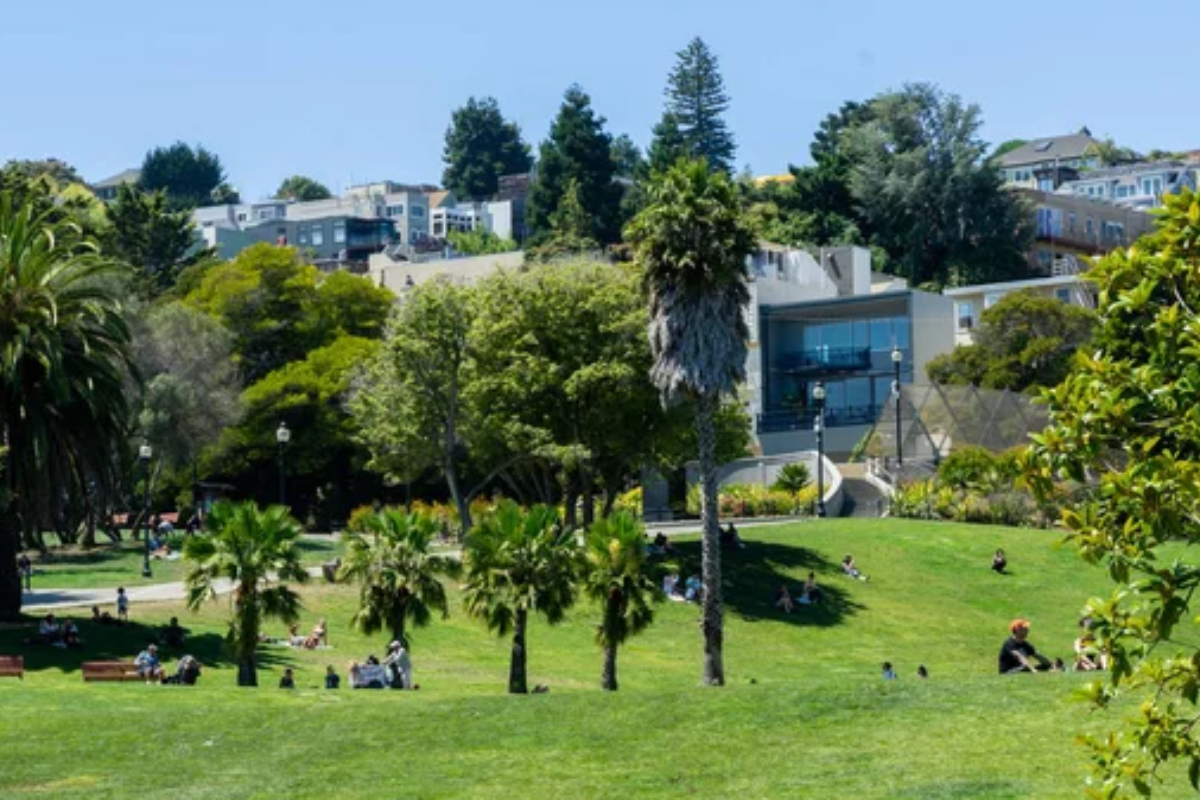
The dramatic skyline of Flagstaff features the San Francisco Peaks – Arizona’s highest mountains and home to some of the state’s most challenging trails. Humphreys Peak stands at 12,633 feet, offering hikers who reach the summit views across four states on clear days.
The slopes contain everything from casual nature walks to ambitious backcountry routes that traverse old-growth forests. Throughout summer, these mountains provide a natural air conditioning system, with temperatures often 20 degrees cooler than nearby desert communities.
Dark Sky Heaven
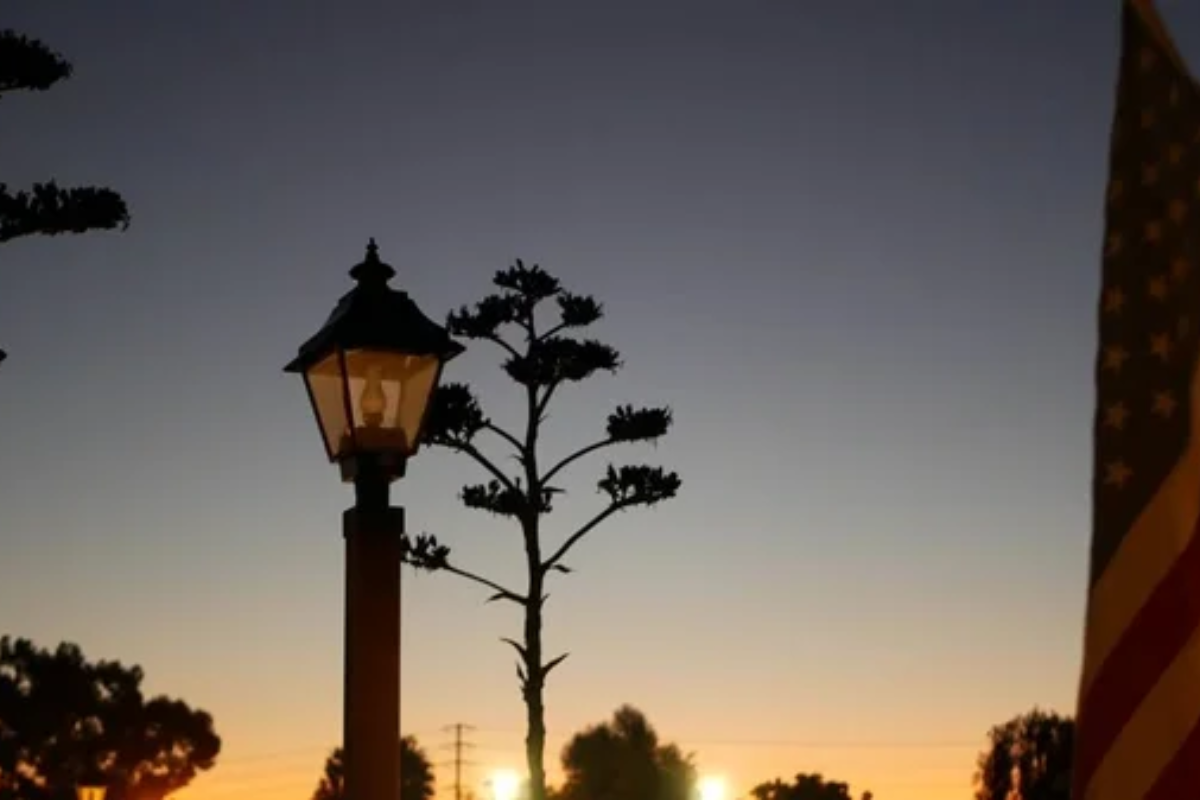
In 2001, Flagstaff became the world’s first International Dark Sky City, a designation that protects the night environment through strict lighting ordinances. The results are spectacular for stargazers and astrophotographers who benefit from minimal light pollution.
Lowell Observatory, where Pluto was discovered, opens its telescopes to visitors throughout the year. Amateur astronomers often gather at Buffalo Park or along forest service roads to witness meteor showers, planetary alignments, and the stunning sweep of the Milky Way against the inky darkness.
Less-Traveled National Monuments
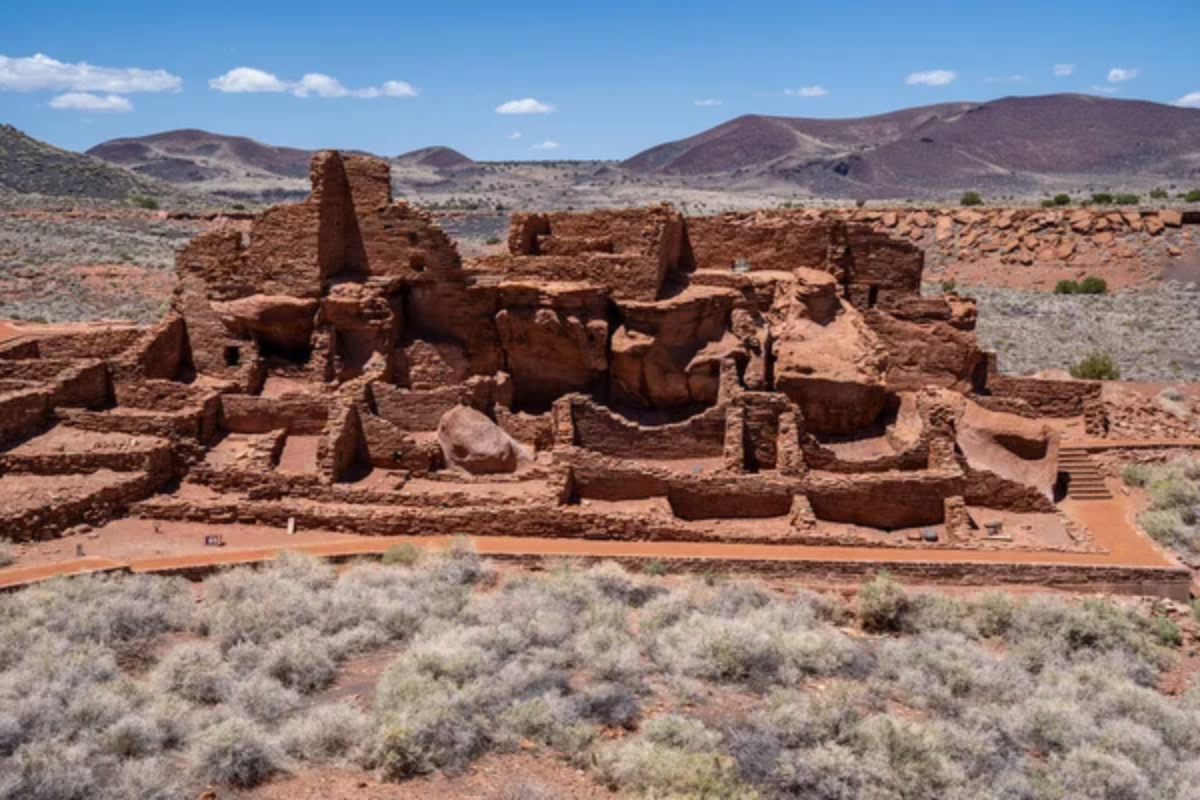
Within an hour’s drive from downtown, outdoor enthusiasts can explore several national monuments that receive a fraction of the visitors seen at more famous parks. Sunset Crater showcases relatively recent volcanic activity with its cinder cone and lava flows.
Nearby, Wupatki preserves ancient pueblo structures built from red sandstone that seem to grow organically from the landscape. Walnut Canyon’s island trail lets hikers walk alongside cliff dwellings tucked into limestone alcoves.
These protected spaces offer solitude rarely found in better-known destinations.
Like Travel Pug’s content? Follow us on MSN.
Mountain Biking Mecca
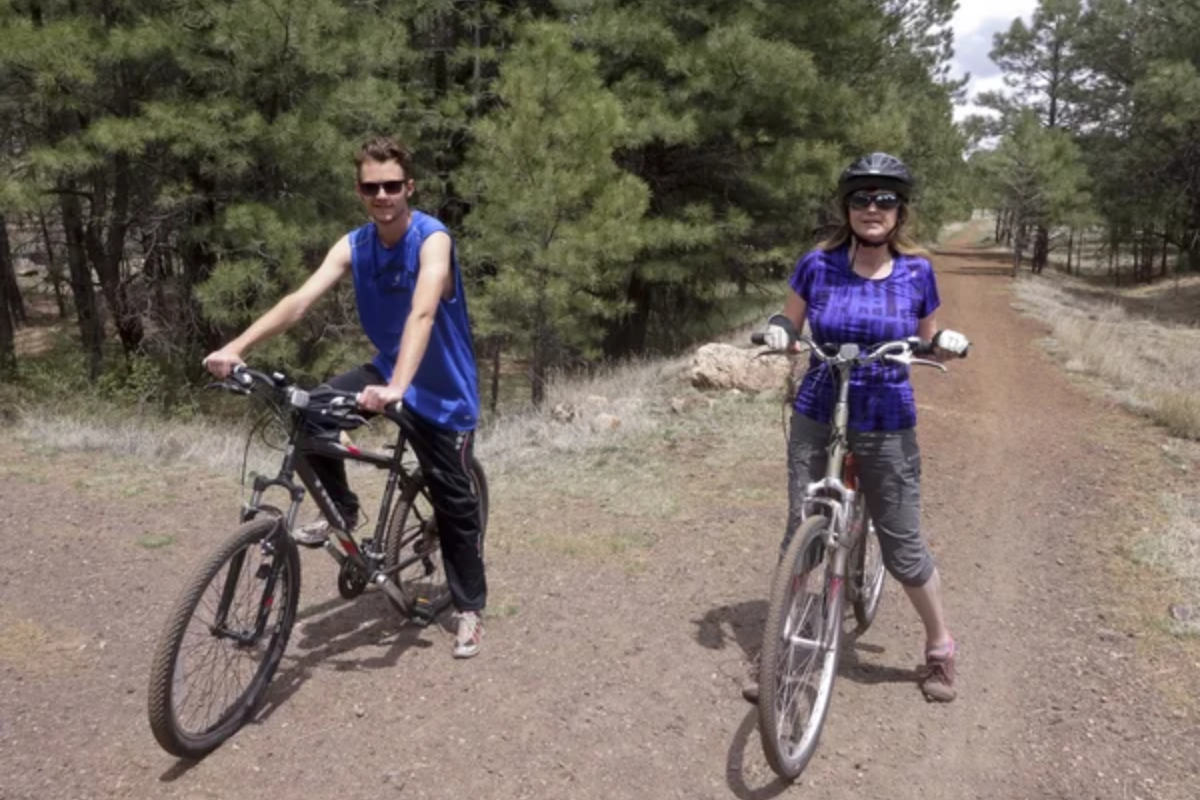
The volcanic soil and pine forests surrounding Flagstaff create mountain biking conditions that professionals travel miles to experience. The Schultz Creek system features flowy singletrack through ponderosa pines, while Fort Valley offers more technical rocky descents for advanced riders.
Local bike shops maintain trail condition reports, and the community regularly hosts races that draw competitors from across the Southwest. What separates Flagstaff from other mountain biking destinations? The trails begin literally from town edges – no driving required.
Arizona Trail Gateway
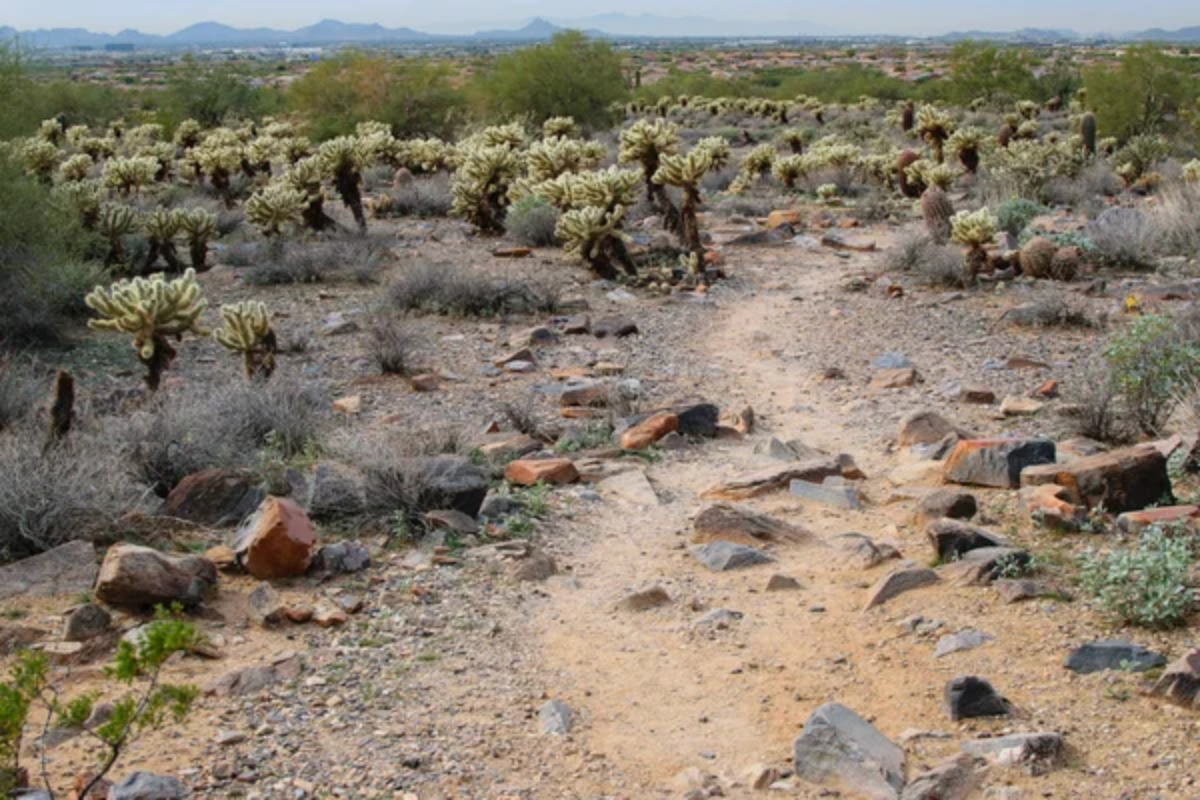
The 800-mile Arizona Trail stretches from Mexico to Utah, with Flagstaff marking roughly its midpoint – and arguably its most welcoming trail town. Thru-hikers and bikepackers can resupply, shower, and rest while connecting with a community that understands long-distance adventures.
Local outfitters offer shuttle services to trailheads, and several breweries have become unofficial gathering spots for trail stories. The passages north and south of town showcase dramatically different ecosystems, from desert scrubland to alpine meadows, sometimes within a single day’s journey.
Accessible Rock Climbing
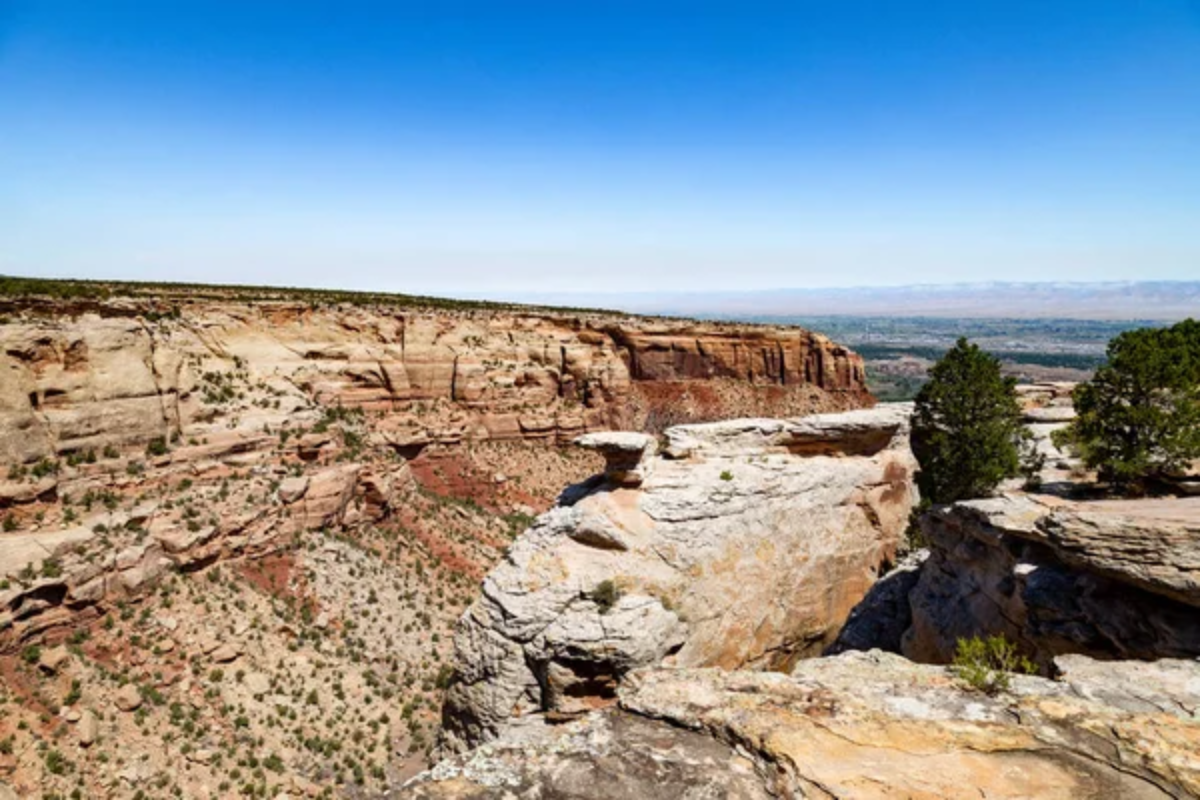
While not as famous as Sedona’s towers or Joshua Tree’s formations, Flagstaff offers excellent rock climbing options across various difficulty levels. The Pit and Paradise Forks provide sport and traditional routes on volcanic basalt, while limestone crags dot the surrounding national forest.
Winter climbers head to the sunny walls at Le Petit Verdon, and summer sends happen at higher, cooler elevations around Mount Elden. The climbing community maintains a collaborative guidebook that helps newcomers navigate the less-documented routes.
Like Travel Pug’s content? Follow us on MSN.
Running at Elevation
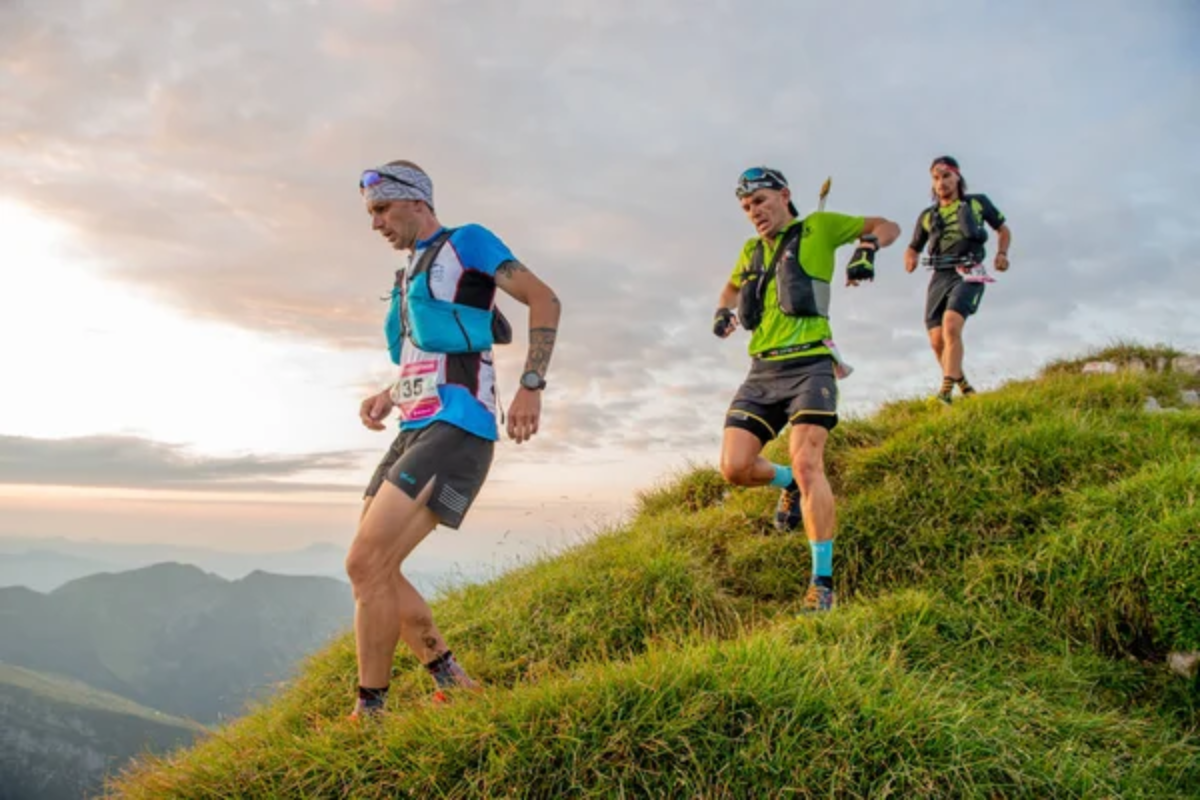
Elite distance runners have discovered what locals always knew – Flagstaff’s elevation makes it perfect for endurance training. The Northern Arizona Elite team trains here year-round, taking advantage of the thin air to boost red blood cell production.
Casual runners enjoy the Urban Trail System that connects neighborhoods to natural areas through 56 miles of maintained paths. The Flagstaff Marathon challenges participants with significant elevation changes, while weekly group runs from downtown shops welcome visitors looking for insider route recommendations.
Winter Sports Variety
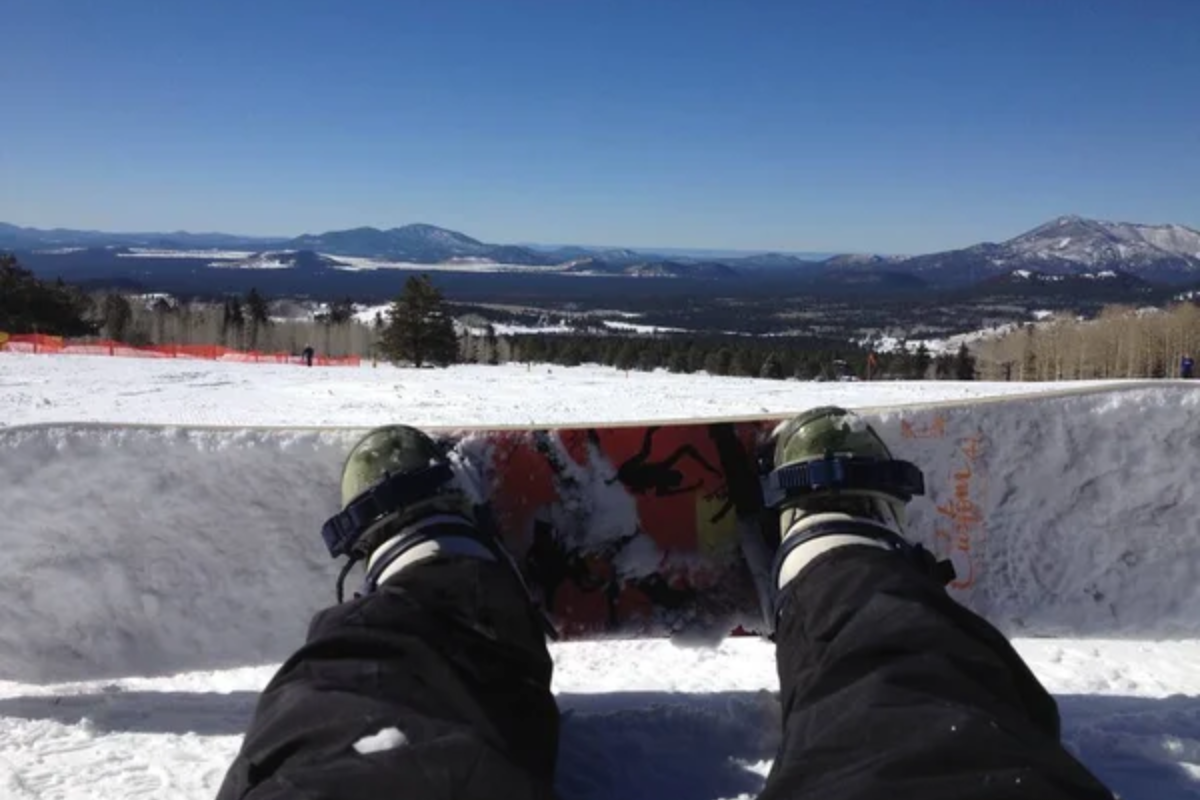
Arizona Snowbowl might surprise those who associate the state solely with desert landscapes – this ski resort averages 260 inches of snow annually. Beyond downhill skiing, winter activities include cross-country trails at Fort Tuthill County Park, snowshoeing through silent aspen groves, and backcountry adventures in the Kachina Peaks Wilderness.
The volcanic cinder cones create natural sledding hills after fresh snowfall, and ice fishing happens at nearby lakes. Even during mild winters, the high elevation ensures recreational opportunities when lower regions see none.
Lava Tube Explorations
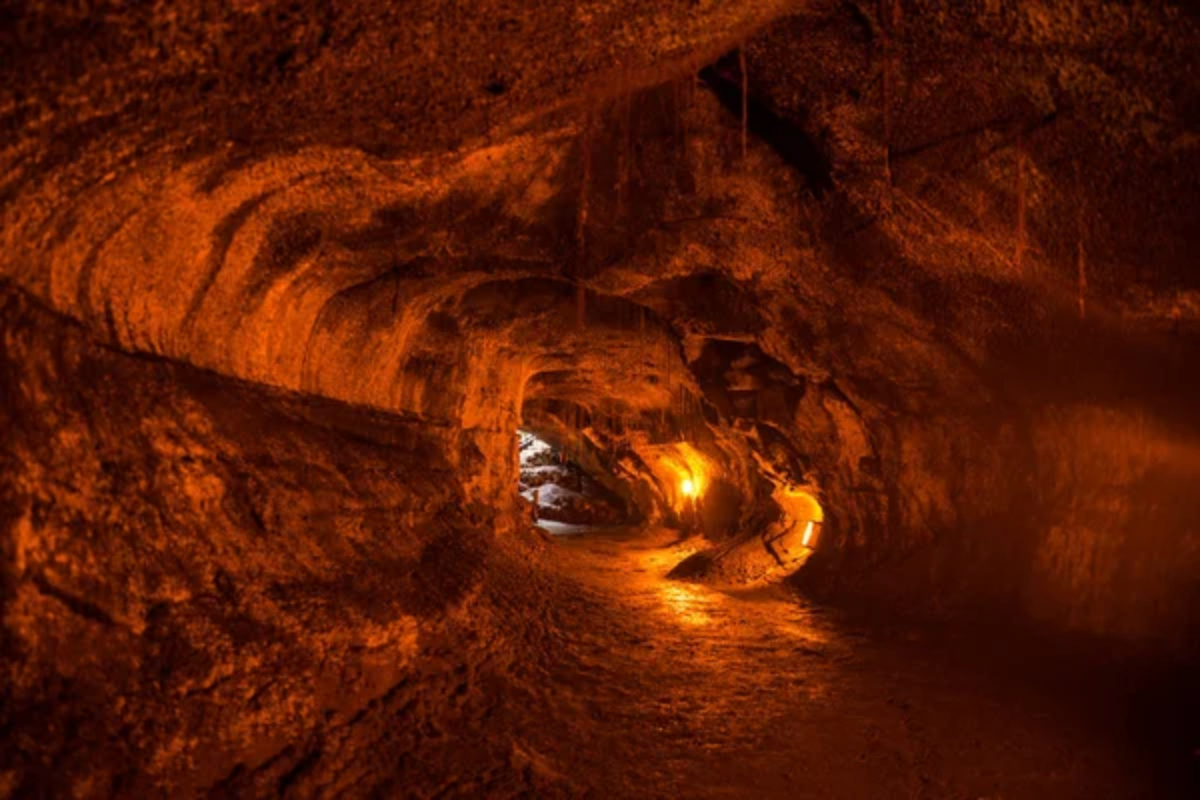
Hidden beneath the pine forests north of town lies Lava River Cave, a mile-long tube formed 700,000 years ago by flowing molten rock. Unlike commercialized caves with installed lighting and paved walkways, this natural formation remains largely undeveloped – visitors navigate by headlamp through the 30-foot-wide tunnel where temperatures hover around 40 degrees year-round.
The cave floor presents challenging terrain of collapsed rocks and ice formations, offering amateur geologists a glimpse into volcanic processes that shaped the Colorado Plateau.
Like Travel Pug’s content? Follow us on MSN.
Diverse Trail Running Terrain
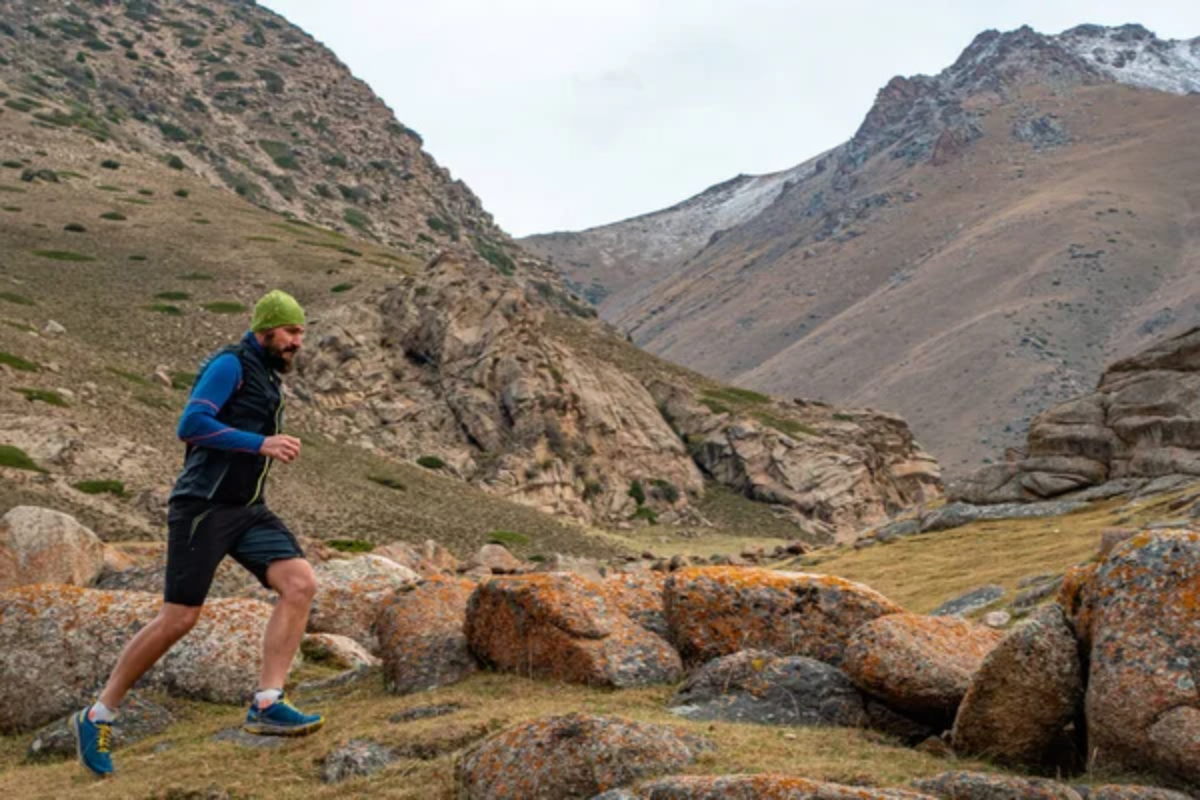
Trail runners find paradise in Flagstaff’s varied terrain options – soft pine needle paths, technical volcanic rock, smooth urban connections, and challenging mountain ascents, all within minutes of downtown. The Buffalo Park loop serves as the community’s shared training ground, where Olympic hopefuls might pass families on evening walks.
Campbell Mesa offers gentler terrain for recovery days, while ambitious runners test themselves on Humphreys Peak or Elden Mountain. Throughout summer, the local running series hosts weekly races that showcase different trail systems.
Forest Bathing Opportunities
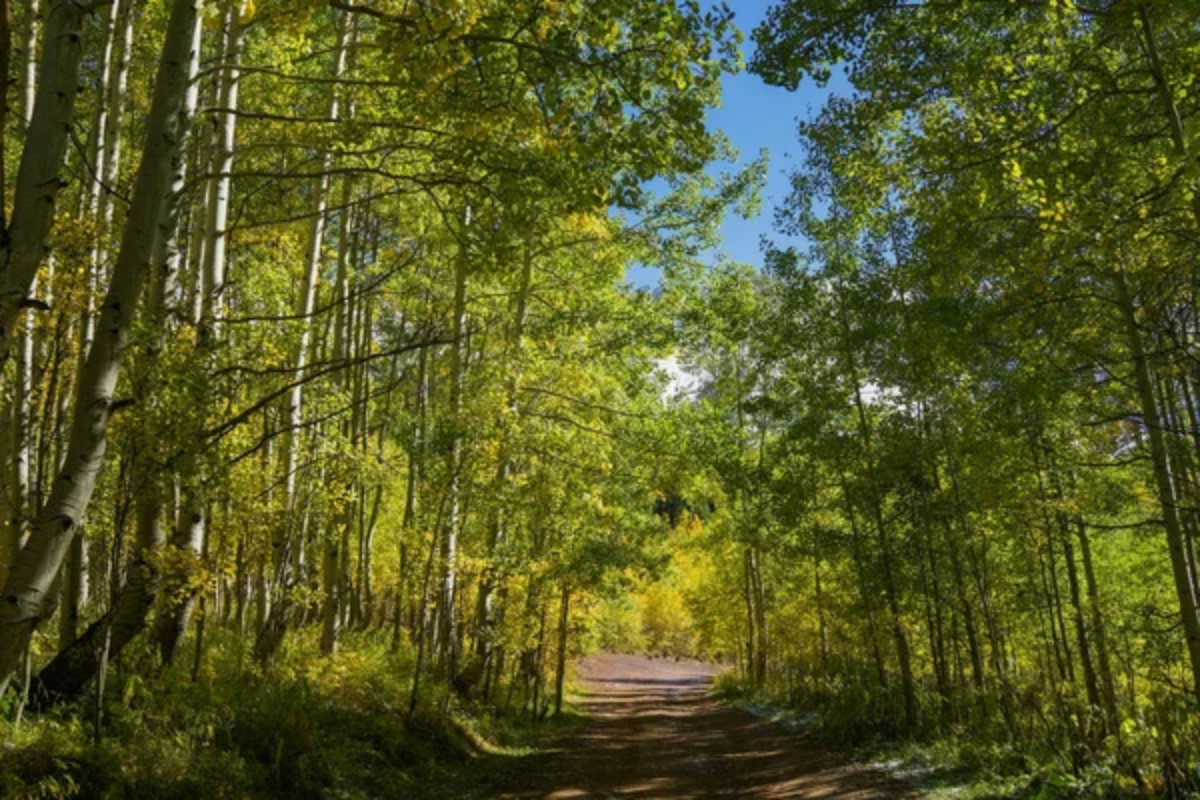
Long before “forest bathing” became trendy, Flagstaff residents enjoyed the documented health benefits of spending time among ponderosa pines. The world’s largest contiguous ponderosa forest surrounds the city, releasing aromatic compounds that reduce stress hormones and blood pressure.
Numerous easy-access points allow even short lunch breaks to include forest immersion. The trees also create natural sound buffers from urban noise, allowing visitors to experience exceptional quiet just steps from civilization – something increasingly rare in crowded outdoor destinations.
Flourishing Food Scene
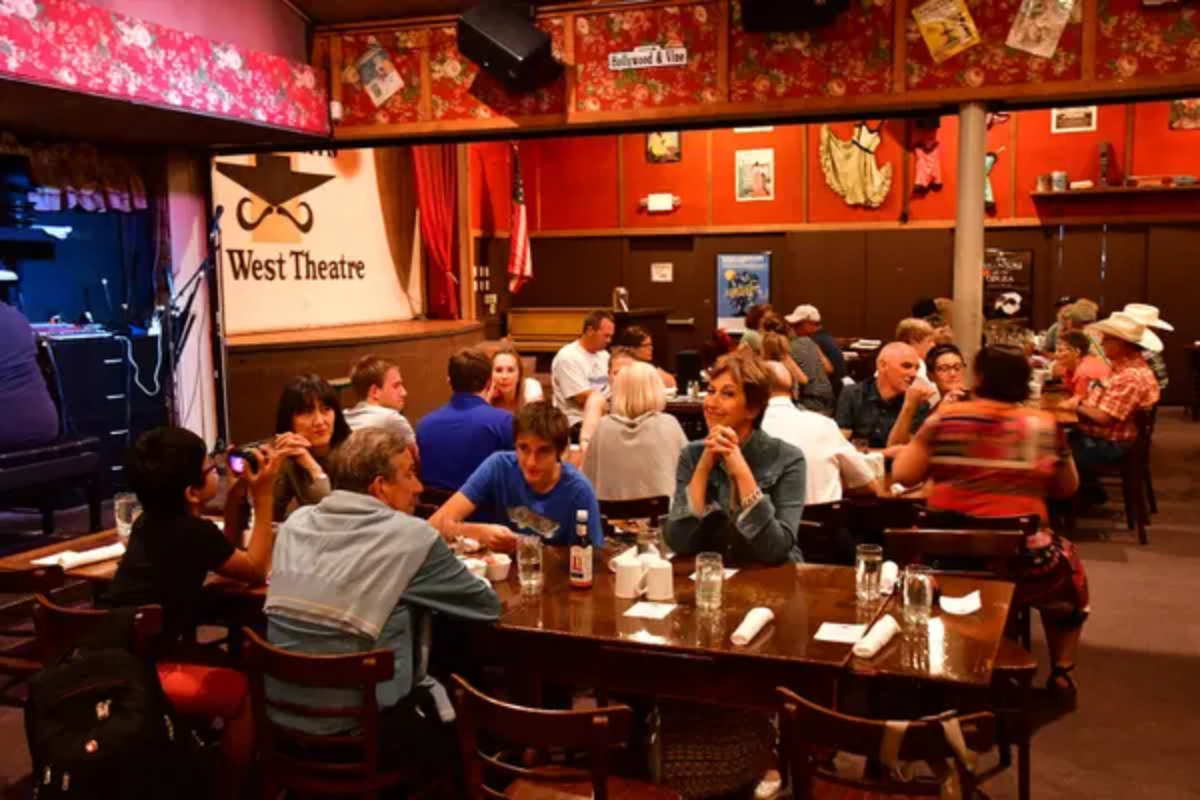
After outdoor adventures, Flagstaff offers surprisingly sophisticated dining options for a town its size. The altitude and climate support local agriculture, with several restaurants sourcing ingredients from nearby farms and ranches.
Food trucks gather regularly at community events, serving everything from Navajo tacos to wood-fired pizzas. Downtown’s historic buildings house breweries that craft beers specifically designed to refresh after high-elevation activities.
The culinary diversity reflects the community itself – a blend of university influences, Native traditions, and outdoor industry professionals.
Like Travel Pug’s content? Follow us on MSN.
Respectful Outdoor Culture

Perhaps most importantly, Flagstaff maintains an outdoor ethos increasingly rare in popular adventure towns. Local organizations lead regular trail maintenance days, and informal stewardship happens organically when users pack out the trash they encounter.
Trailhead conversations typically include weather warnings or route conditions rather than social media recommendations. Indigenous perspectives inform conservation efforts around sacred sites in the surrounding mountains.
This culture of respect extends to newcomers, who find friendly advice rather than territorial attitudes.
Beyond the Bucket Lists
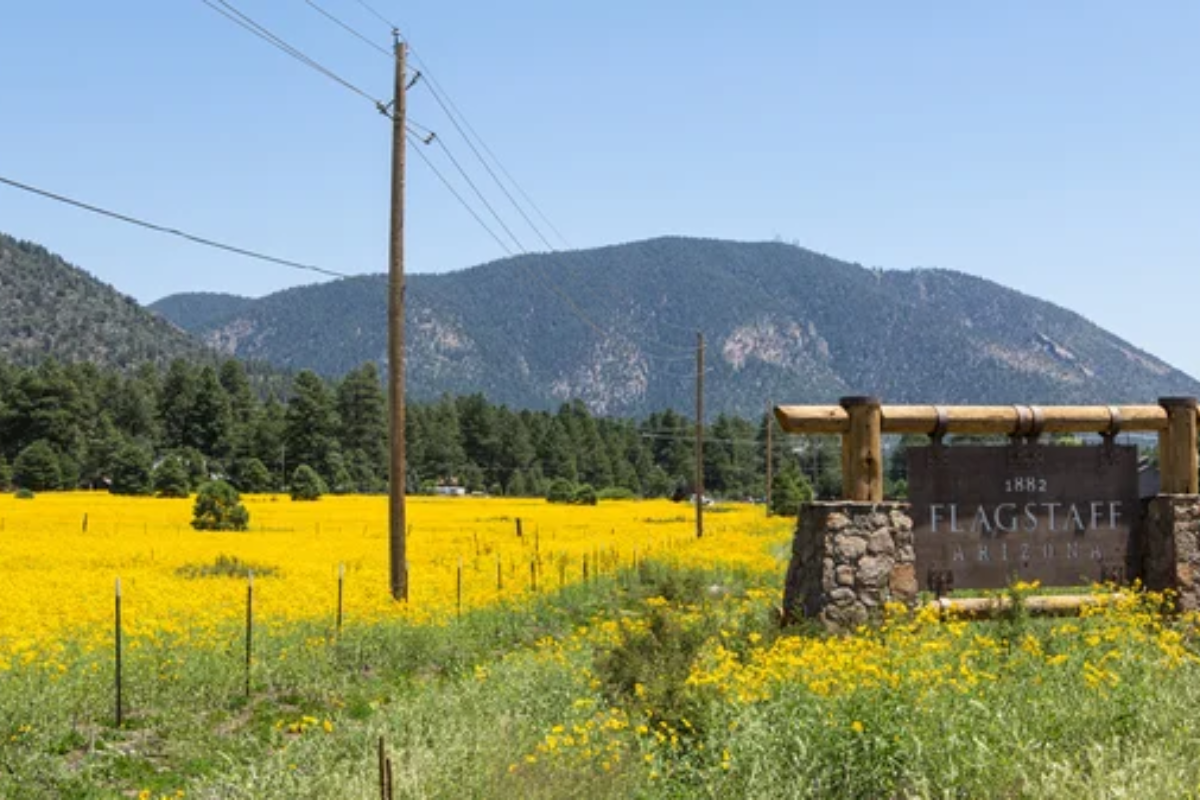
What makes Flagstaff truly special in today’s heavily promoted outdoor recreation landscape is its authenticity. The adventures here haven’t been packaged for social media moments or designed as bragging rights. Instead, the community values sustainable access and meaningful connection with natural spaces.
Whether climbing volcanic formations, mountain biking through aspen groves or simply watching thunderstorms roll across the plateau; visitors experience the rejuvenation that comes from places not yet overrun by commercialization – the true measure of an underrated outdoor town.
More from Travel Pug

- Cities Growing so Fast You Won’t Recognize Them in 10 Years
- 13 Destinations Where Tourists Regularly Regret Their Trip
- 16 U.S. Cities That Are Quietly Becoming Travel Hotspots
- Where to Travel If You Love Long Bus Rides and Daydreams
- 20 Cities Perfect for Solo Travelers Who Crave Adventure & Culture
Like Travel Pug’s content? Follow us on MSN.
